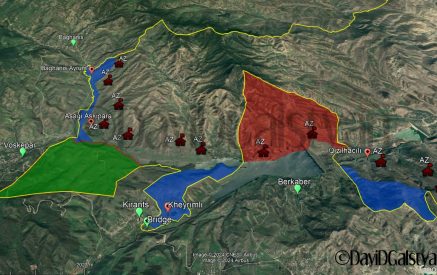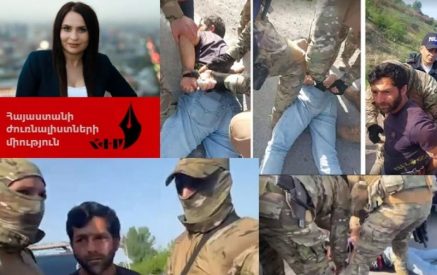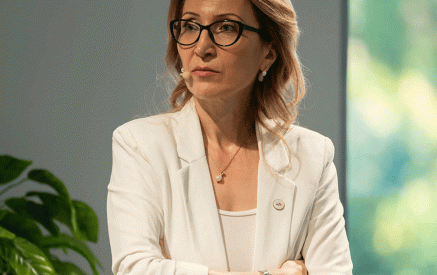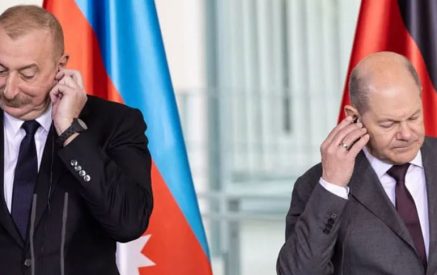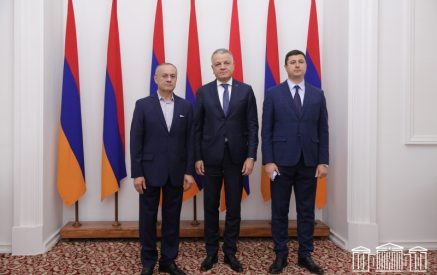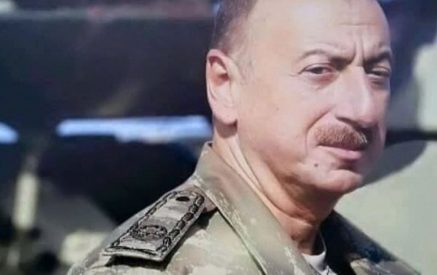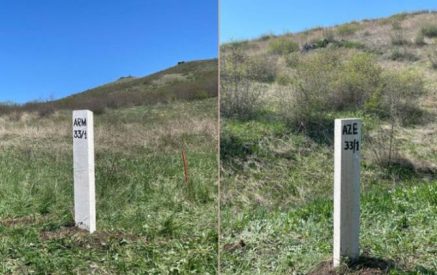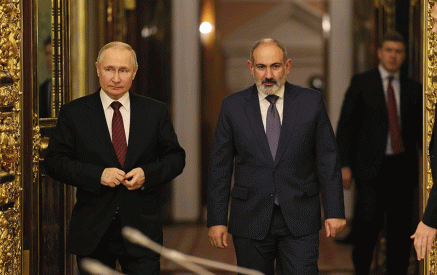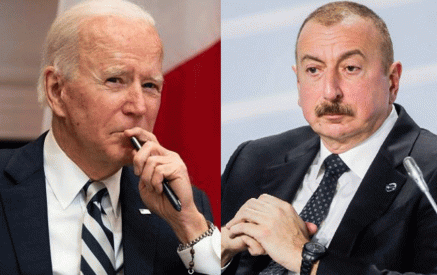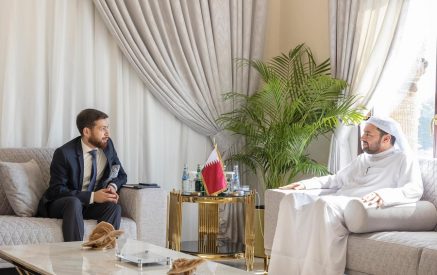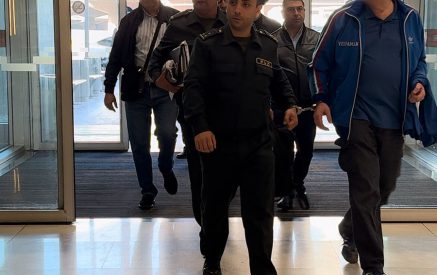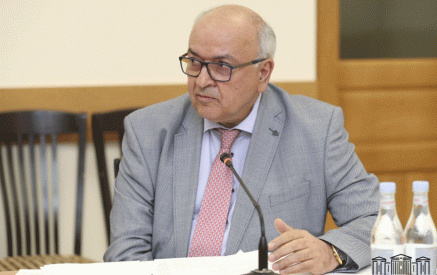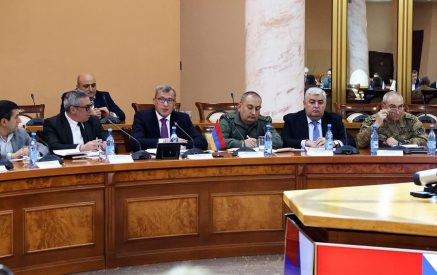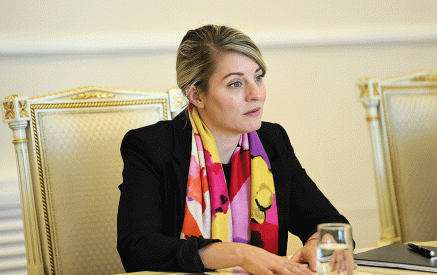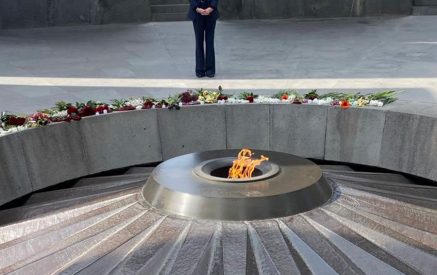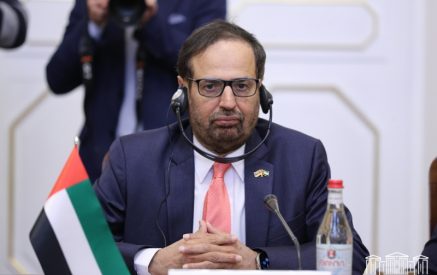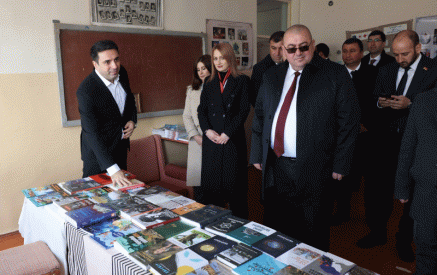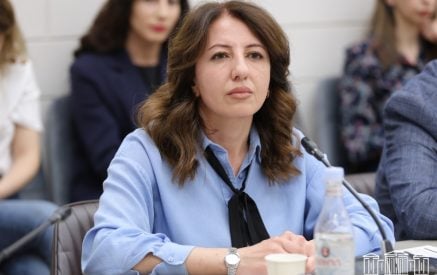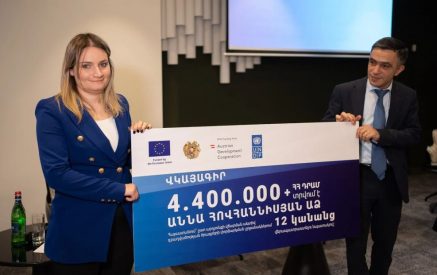On May 17, 2018, temporary Agreement aimed at the formation of a free trade zone between EAEU and its member states and the Islamic Republic of Iran (IRI) was signed in Astana and entered into force since April 11, 2019, with the aim of creating a favorable environment and conditions for the development of trade and economic relations between the parties, as well as for the development of economic cooperation between the parties in the fields of mutual interest. The temporary Agreement, being the first step on the road to trade and economic integration of the EAEU and Iran, also envisages the signing of the EAEU-Iran free trade Agreement. In the stable development and deepening of EAEU-Iran trade and economic relations, as well as the final definition of the free trade regime, the role, importance and proactive policy of our country is extremely important, considering that Armenia is the only EAEU member state that has a land border with Iran. This was stated by the Deputy Chair of the RA NA Standing Committee on Regional and Eurasian Integration of the Vagharshak Hakobyan.
Issues related to the development prospects of Armenia-Iran trade and economic relations were debated at the sitting of the Committee on February 20.
According to Vagharshak Hakobyan, during the last three years, the volume of mutual trade turnover between Armenia and Iran has shown a dynamic growth tendency. It was mentioned that the third line of Armenia-Iran high-voltage power transmission is also of strategic importance, which will allow to significantly increase the volumes of electricity supplied from Armenia to Iran. 365 million cubic meters of gas is imported annually from Iran to Armenia within the framework of the gas-electricity Agreement between the two countries: there are arrangements to increase these volumes.
In the report on the development of bilateral trade and economic relations, the Minister of Territorial Administration and Infrastructure Gnel Sanosyan introduced detailed information on the North-South road construction project. According to him, only Artashat-Yerevan-Ashtarak section is actually ready. Other sections are in different stages of implementation.
Read also
Talin-Lanjik and Lanjik-Gyumri sections are in the construction phase. From January 2023, certain preparatory works have started on the 8 km section from Ashtarak to Agarak, the section stretching to Talin is in the tender process. There are ordered projects for the sections bypassing Gyumri and stretching to Bavra, and certain debates are in process.
The Deputy Khachatur Sukiasyan was interested in the issues of tunnel construction and bridge construction. According to him, the RA reliefs prompt that serious systems should be in place. Khachatur Sukiasyan highlighted the issue of carrying out works with local forces, stating that appropriate tools should be acquired to carry out construction works.
Gnel Sanosyan emphasized the MP’s observation. He added that in the last two years, 5-6 new roads were built in Syunik with the help of local builders, which were new in the recent history of Armenia with their complexity, relief, and road construction solutions. “It is obvious that the capabilities of our road construction companies have increased today,” Gnel Sanosyan underscored, adding that major companies of the world are participating in the construction of roads, 27 bridges, and 12 tunnels within the framework of the North-South road construction project. He expressed hope that local companies will be involved in these works as subcontractors. By building these roads together, local companies will gain professional capabilities.
Vagharshak Hakobyan asked when the implementation of the North-South road construction project will be completed, stressing that many criminal cases have been initiated regarding some parts of the project, and court proceedings are in process.
The RA Deputy Minister of Territorial Administration and Infrastructure Hakob Vardanyan referred to the opportunities of using the full capacity of Iran-Armenia gas pipeline. According to him, Iran-Armenia gas pipeline has the capacity to transport approximately 2.3 billion cubic meters of gas per year, but Armenia used up to 500 million cubic meters, not counting that approximately 365 million cubic meters were used in some years.
The MPs were interested in the construction of new gas pipelines, new power transmission lines, as well as the safety of their operation.
The Deputy Chair of the State Revenue Committee Ashot Muradyan briefly introduced the planned changes in the customs field in the relations with Iran. According to him, the construction of Meghri checkpoint has begun, which is expected to be completed within three years. An agreement draft is being developed jointly with the RA Ministries of Territorial Administration and Infrastructure and Economy and the Iranian side, which envisages certain reductions of different tax payments, which can be of significant importance for increasing the volume of trade turnover.
The Deputy Minister of Economy Narek Teryan informed that the trade turnover with Iran increased by 41 percent compared to last year. According to his observation, the export from Armenia is growing at a higher rate than the import. In 2022, the export from Armenia increased by about 70 percent compared to the previous year, and the import by about 36.9 percent. The main products exported to Iran were electricity, chocolate, iron and tobacco; gas, oil products and bitumen were imported.
Vagharshak Hakobyan, referring to the indicators of Armenia-Iran trade turnover introduced by the speakers, and the digital growth, emphasized that there is a potential to maintain and increase the recorded rates.
National Assembly of the Republic of Armenia




